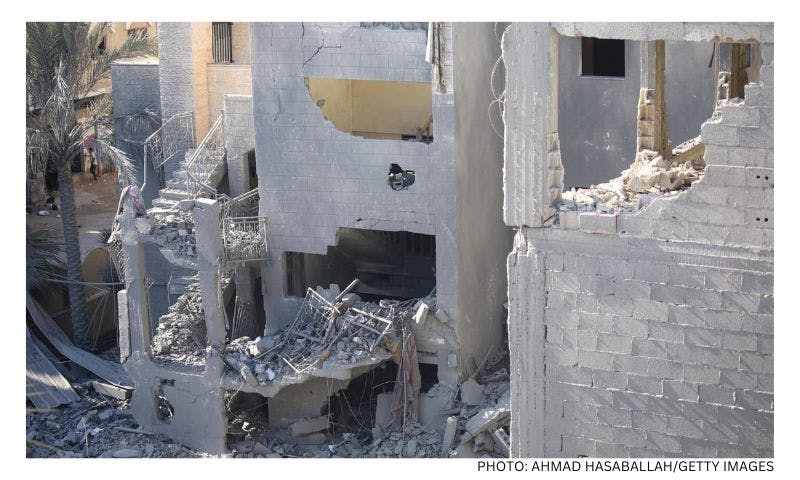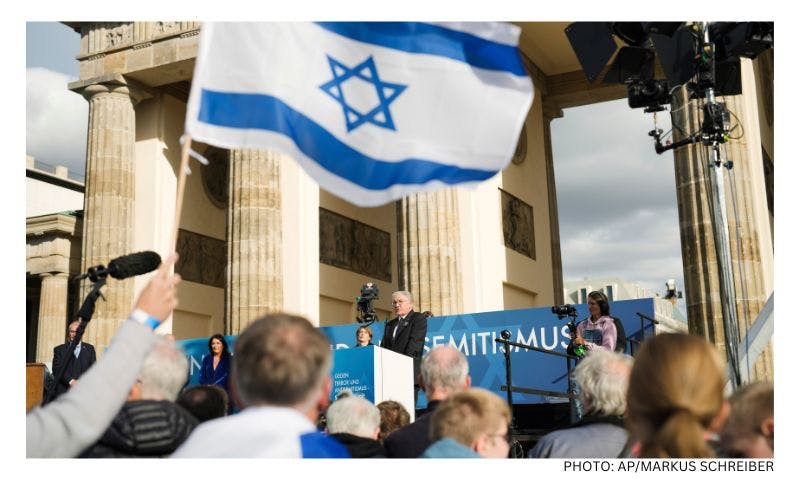Published: 13 September 2018
Last updated: 4 March 2024
In a few months he will be joining his school year group to travel to Israel for six weeks. I reckon they will have an amazing time hiking, eating, not sleeping, studying and doing a lot of socialising. My son was born in Israel and has been back several times but not in the past few years. I am sure the trip will help him build his own connections and identity to his birth place and religion.
I went to high school in California and spent my year 11 on an American/Canadian high school program on Kibbutz Beit Hashita in the Jezreel Valley. I had never been to Israel before and neither had my parents, yet this didn’t stop them from encouraging me to leave home for a year aged 16, learn Hebrew, and join a program where I didn’t know anybody. It wasn’t always smooth sailing but I am glad they did.
It changed my life. It helped me become a more resilient person. It made real this country I had only learned about in Hebrew school. It expanded my understanding of what Judaism could be as I was living on a secular kibbutz at a time that I was becoming increasingly observant. I met family I had never known about, who all welcomed me with open arms.
And I even learned some Hebrew. After I returned home I couldn’t eat pickles for about a year as we worked in the kibbutz pickling factory, but even that wore off over time.
While I was there the first intifada broke out. At the time I didn’t even know where the West Bank or Gaza were, and our program kept us away from the violence. It sparked an interest in understanding the region that eventually included a masters in Middle Eastern Studies from St Antony’s College, Oxford, and by the time the second intifada broke out I had been living in Israel for five years.
This time it was alarmingly real with vivid memories of boulders and fires on the side of roads, cafes and buses exploding on an increasingly regular basis, and a dread of turning on the radio to hear about yet another attack.
By the time I left Israel, in 2005, the separation barrier was being built and shortly after Israel unilaterally withdrew from Gaza. And while my memories of Israel are still largely based on when I lived there, my more recent visits make me realise how much it continues to transform both politically and economically.
The Israel I first visited in 1987/88 is today almost unrecognisable. Its population has nearly doubled to 8.8 million people. Its growth rate has slowed to under 2%, still significantly higher than the OECD average and largely bolstered by the growing birth rate of Orthodox Jews. Israel’s population estimates for 2050 are around 12 million. Cranes are visible everywhere, new roads criss-cross the country and its technology prowess continues to grow.
In contrast Gaza has the 13th highest growth rate in the world of 3% a year. An extraordinary 71% of Gazans are under the age of 30. The population of Gaza is expected to climb from two million today to five million by 2050.
Somewhat harder to measure, there are an estimated three million people living in the West Bank. This number is expected to reach 4.7 million by 2050.
Before your eyes glaze over with all these numbers, we are talking about almost 22 million people living in Gaza, the West Bank and Israel by 2050. This will put enormous strain on living conditions, particularly in Gaza, which is already stretched to capacity.
Gazans have access to an average of 25 litres of water a day, one tenth of the average Israeli allowance. The unemployment rate is more than 40% and combined with intermittent access to electricity, daily life is incredibly challenging.
The youth of Gaza have grown up under Hamas leadership with no prospect of democratic elections to replace them. Many have never left Gaza and have little chance of doing so. Anyone under the age of 18 in Gaza will not remember a time before Hamas was running the strip.
While my son is spoilt for choice regarding his future options and where these may take him, the vast majority of Gazan youth have have never left Gaza and have very little prospect of doing so under the current circumstances. The growing discrepancy between these disenfranchised youth and Israeli (or Australian) teens not surprisingly breeds resentment and frustration.
I am not foolish enough to make long term predictions about the future in the Middle East or whether in another 30 years my grandchildren (yikes!) will be living in Israel or visiting with their school group.
However with the help of the now securely entrenched separation barrier it’s relatively easier for Israelis to get on with their lives and not really think about the growing Palestinian populations, just on their doorsteps. This policy is unsustainable based on current population predictions.
It is in everyone’s benefit to stop sticking their heads in the sand and actively work towards achieving a future for everyone in the region.
Photo: Ahmad Dalloul | Palestinian Water Authority




